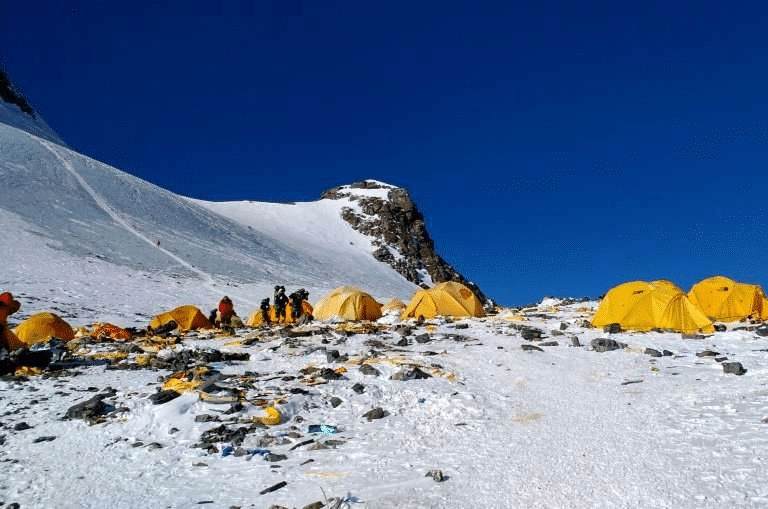
Every climber who ascends Everest leaves behind microbes capable of surviving even in a frozen environment, and scientists are questioning their ability to survive at such altitudes if these microbes remain inactive. A study in the February 16, 2023, Arctic, Antarctic, and Alpine Research journal by a team of researchers from the University of Colorado Boulder focused on these bacteria left behind by climbers after their passage.
The researchers found a certain amount of streptococci and staphylococci in the sediment on the slopes of Everest. Given the extreme climatic conditions, scientists are certain that these bacteria come from more temperate regions, brought with them by climbers. These first samples taken at such an altitude confirm the presence of human microorganisms and allow the researchers to affirm that the Everest microbiota does indeed contain human traces, even if these organisms are mostly inactive.
Usually found in warmer places, especially inside our bodies, scientists were surprised that these bacteria managed to survive at such low temperatures. In many cases, the weaker bacteria die at high altitudes due to exposure to UV light and low temperatures, but also due to lack of water.

Lhotse’s Camp 4. Photo: Lukas Furtenbach
The samples were taken about two hundred meters from mountaineering camps, and the researchers believe that sampling even closer to the camps would reveal even more bacteria. While these organisms remain inactive due to the extreme climate, some may thrive in the presence of liquid water.
Since the temperature of the areas where these microorganisms were collected rarely exceeds -10˚C, especially at the South Col, which is heavily used by climbers, it is not clear whether liquid water, which could come from melting ice, would allow these germs to grow. However, with Everest’s temperature increasing by an average of 0.33˚C per year, and the South Col posting a record temperature of -1.4˚C in July 2022, the bacteria could become active again if temperatures continue to rise at this altitude and in this area.




